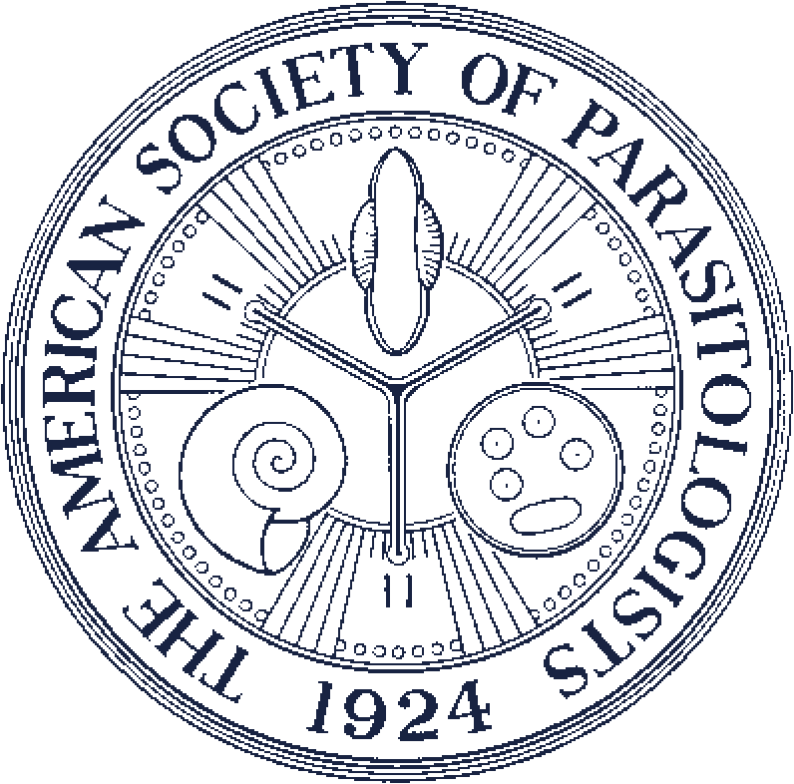The Relationship Between Community Species Richness and the Richness of the Parasite Community in Fundulus heteroclitus
This study examined the relationship between the metazoan parasite community in a focal species, Fundulus heteroclitus, and the species richness of the free-living community. Four distinct salt marsh areas were selected in order to reflect a gradient in free-living species richness and time post-restoration (unrestored, 0, 10, and 20 yr post-restoration). A total of 960 fish was studied, with 30 collected per site in each of 8 consecutive seasons between 2005 and 2007. Species richness and abundance of birds, fish, and benthic macroinvertebrates varied significantly between sites. However, increasing richness in the free-living community was neither positively nor negatively correlated with richness in the parasite infracommunity in F. heteroclitus. These results demonstrate that the relationship between community species richness and parasite richness is not linear. The data suggest that the diversity of parasites may be more correlated with measures of community composition, such as the structure and cohesiveness of the food web, rather than with prevailing measures of biodiversity.Abstract:

Species richness of (A) benthos, fishes, and birds, from the 4 sampled marshes (Secaucus High School, 0 yr; Harrier Meadow, 10 yr; Mill Creek, 20 yr; Oritani, unrestored); and (B) mean parasite infracommunity richness at the 4 study sites. The box-plot whiskers indicate minimum and maximum values, whereas the bottom and top of the boxes represent the lower and upper quartiles: outliers are displayed as asterisks. There was no statistical evidence to suggest an association between the species richness of birds (P = 0.648), fishes (P = 0.106), or benthos (P = 0.145), and the richness of trophically transmitted parasite species in Fundulus heteroclitus.
Contributor Notes
